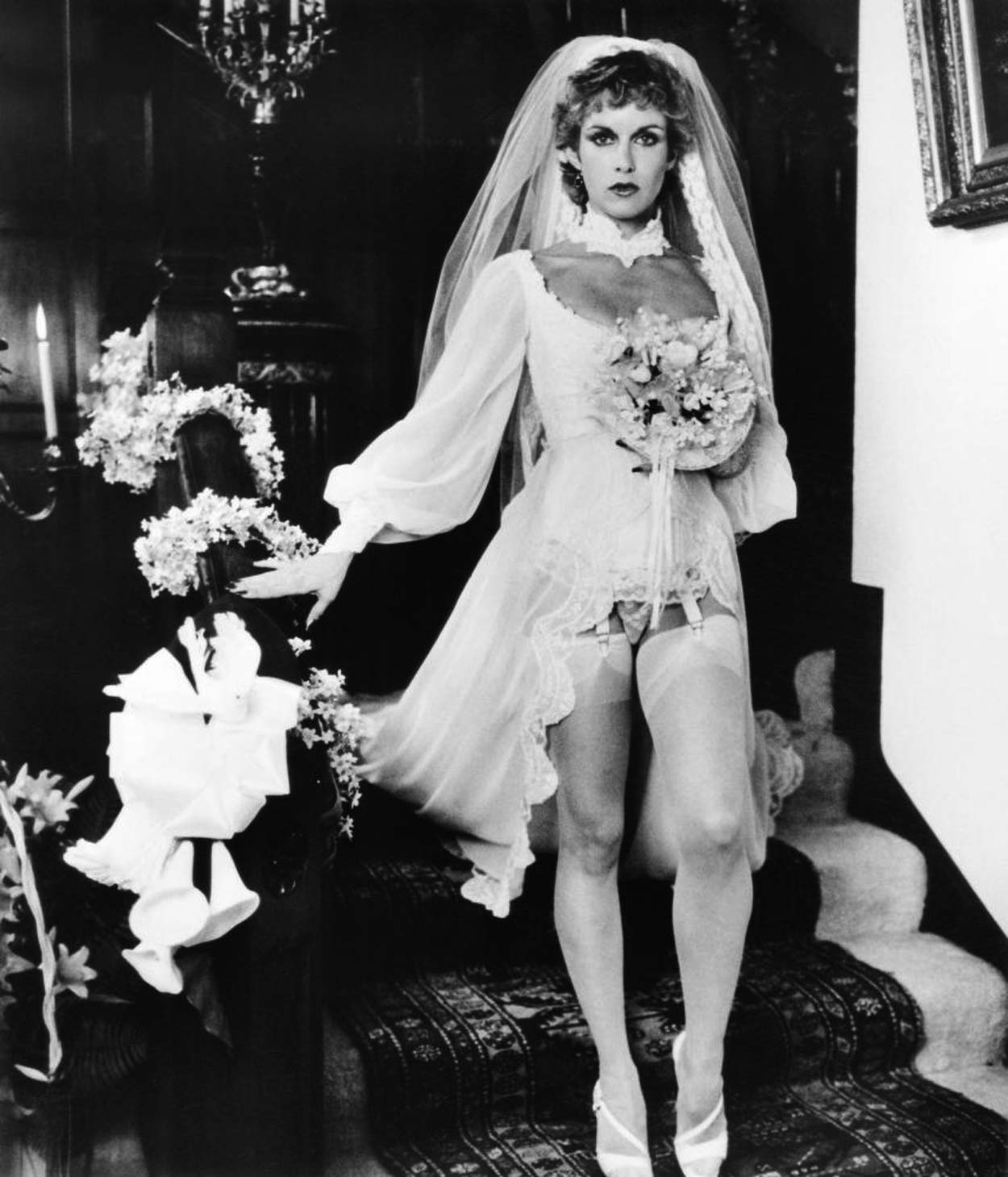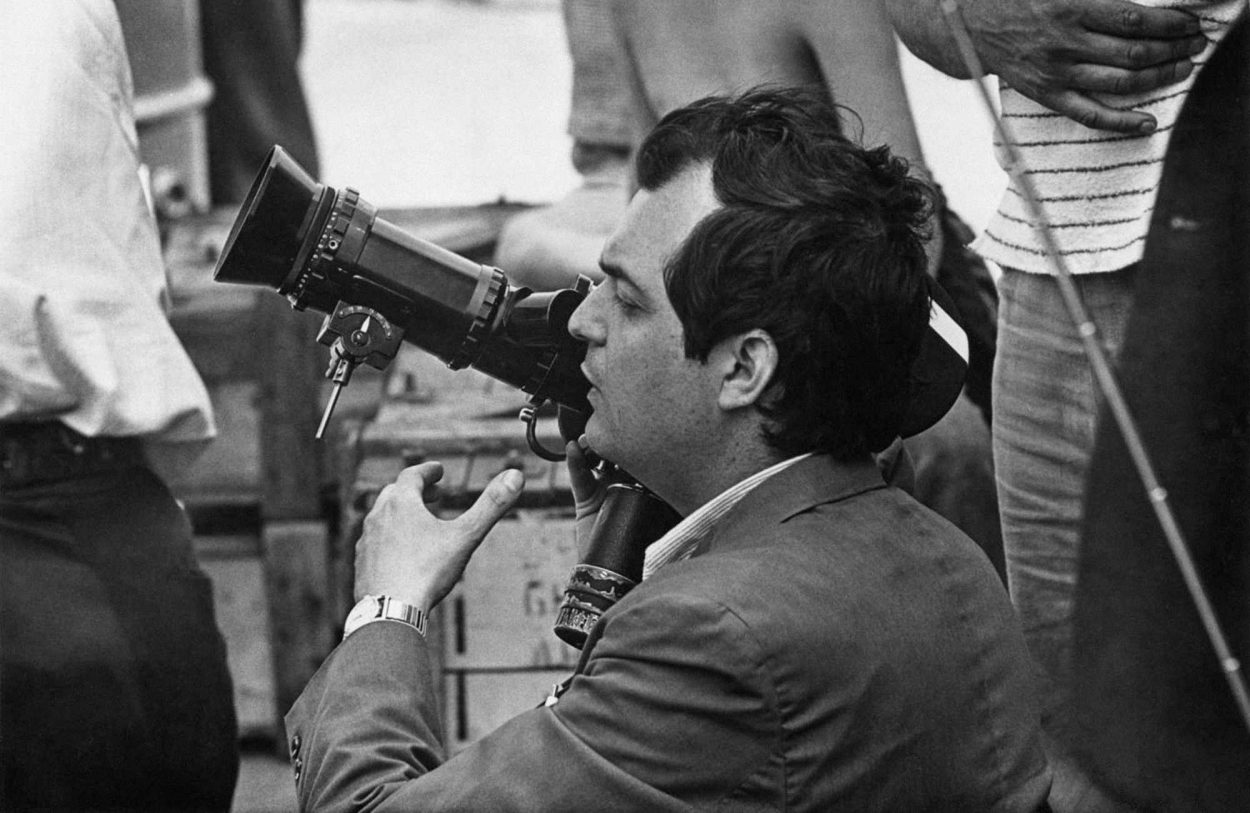Gary Sherman’s 1982 crime film Vice Squad opens with a very earnest declaration: While fictionalized, everything we’re about to see in the proceeding film – the prostitution, the crime, the violence – is all based on actual Los Angeles case files, and the evils we’re about to see are very, very real. “It is a composite of events that have actually taken place on the streets of Hollywood.” Vice Squad, with such a bold statement, ambitiously aims to be the ultimate exposé of the Hollywood dream. Hollywood, it wants to say, is more than show business and glamour. There is also a dark, seamy underbelly of sex, fetish, abuse and evil super-pimps in cowboy boots.
Then the film begins, and the spell is held for a few precious seconds. We see a camera panning over a gross city street and over the bodies of scantily-clad hookers, at work, living on broken dreams. For a few precious seconds, Vice Squad is dark, honest and wants to be brutal. But then the spell is immediately broken when Wings Hauser – who plays the film’s aforementioned super-pimp – begins crooning the film’s theme song on the soundtrack.
The song is called “Neon Slime,” which is not, I assure you, a tie-in toy product to Slimer and the Real Ghostbusters. Hauser belts out this number with the face-reddening strain of Angus Young on cocaine, clearly trying to display his skill as a musician. Meanwhile, the film’s credibility slinks, embarrassed, from the theater, dejected like a vegan at a steakhouse. And if your howls of derisive laughter weren’t distracting you, about 90 seconds into the film, you may also see – as an example of the type of trashy streetwalkers the film is going to be about – a young woman dressed in a full Columbia costume from The Rocky Horror Picture Show. The filmmakers clearly just went to a local theater (probably the now-defunct Tiffany theater in WeHo, which ran Rocky Horror from 1977 to 1983) and filmed the exterior. Any sort of “docu-drama” approach is more or less gone less than two minutes into the film.
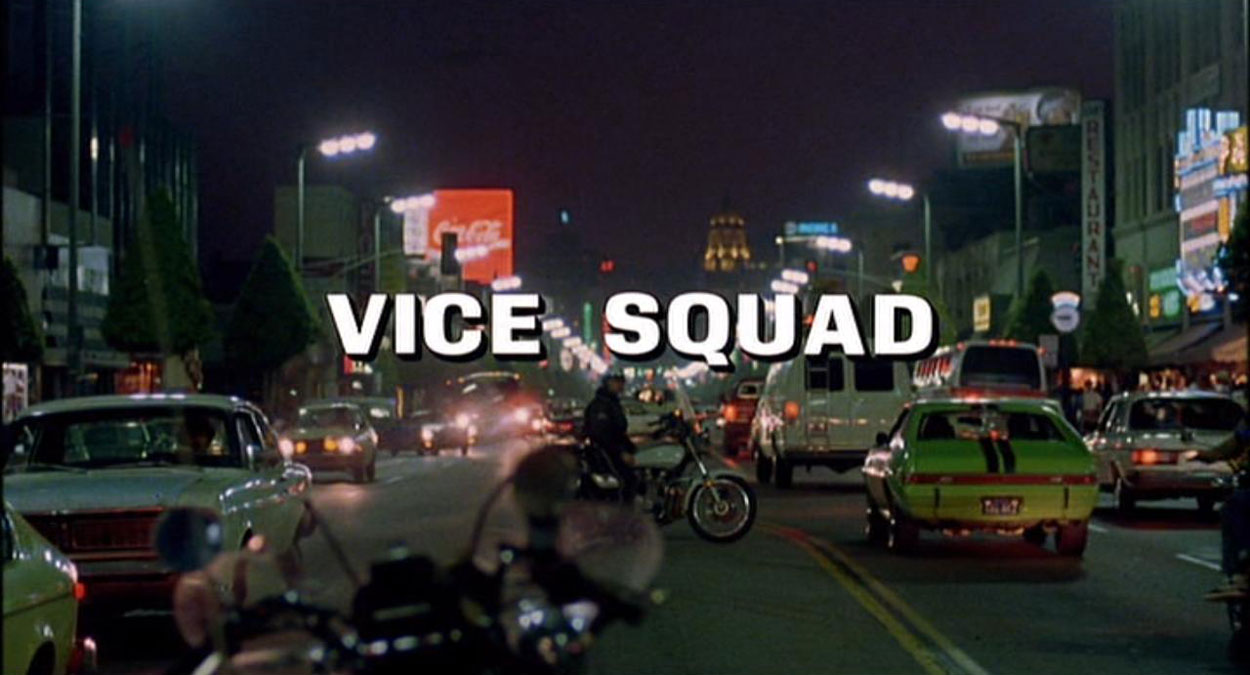
But as Jean-Luc Godard once said, cinema is truth as 24 frames-per-second. Which means, no matter how much Vice Squad fails as a well-meaning exposé of Hollywood life-on-the-streets, audiences are still going to be treated to a bizarre level of unmaskable honesty. Having seen Vice Squad, one can easily say that the filmmakers were not quite graceful enough to cover their good intentions, to coin an idiom. While the director clearly means for his shots of a down-and-dirty Hollywood underbelly to be dark and outrageous and revelatory, they come across as merely lurid, cheesy and even kind of silly. The film feels like pretend vice. So over-the-top it moves into the realm of safe and goofy. Vice Squad swings for the walls, and accidentally knocks them over.
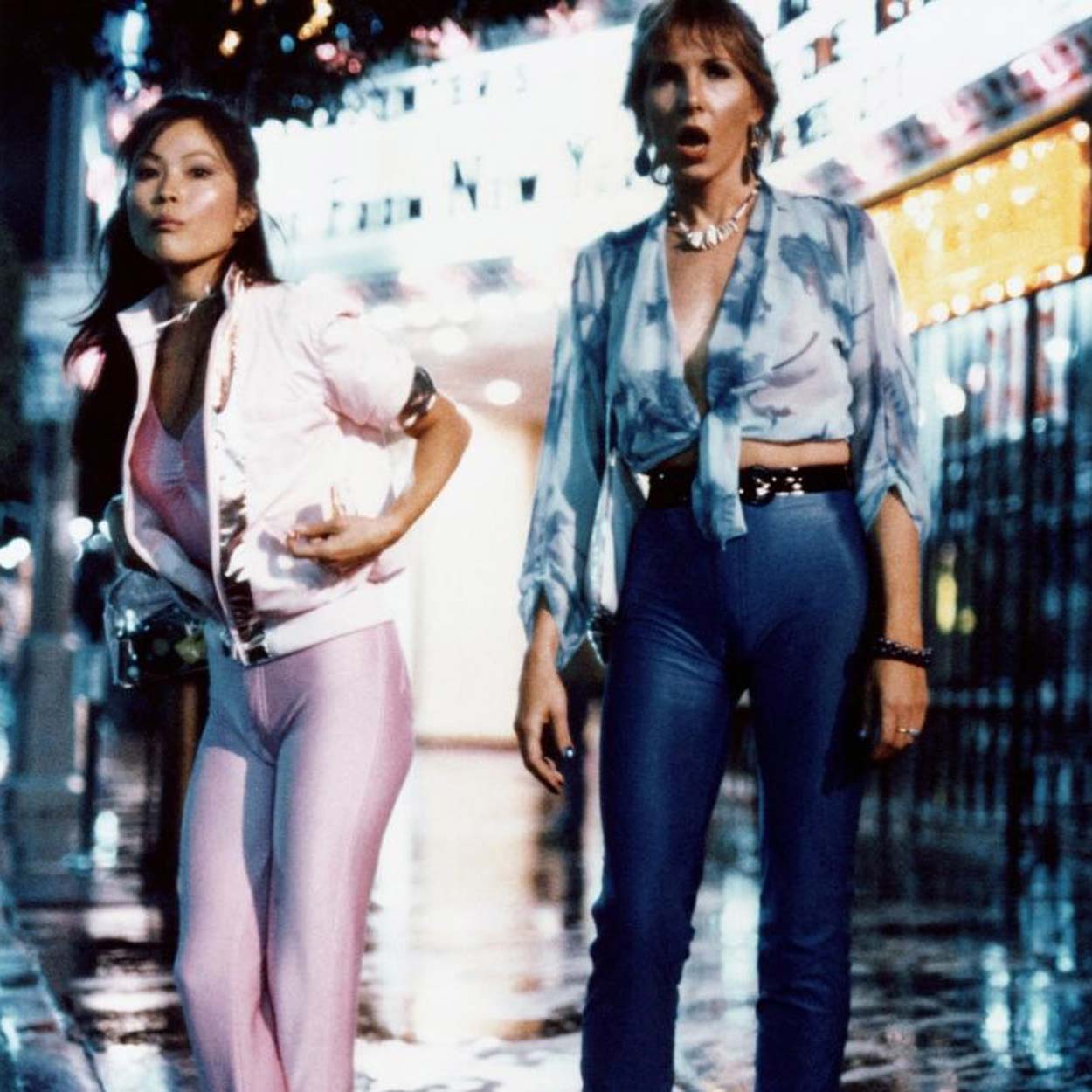
That unintentional artificiality – highlighted immediately by the dumb lyrics in the opening anthem (written by one Simon Stokes) – reaches a weird, almost sublime truth. By expanding and exploding and fictionalizing the real-life crime and weirdness of Hollywood so that it may fit into the context of a lurid melodrama, it transforms the town into a kind of platonic ideal of itself. Sherman, likely without intending it, has looked at the prostitution of Hollywood, the perversion, the homelessness, the filth, the underground gay scene, and turned it all into what everyone has always assumed Hollywood to be. Vice Squad isn’t so much blowing the lid off of Hollywood, as it is validating all of the dark rumors you assumed to be true anyway.
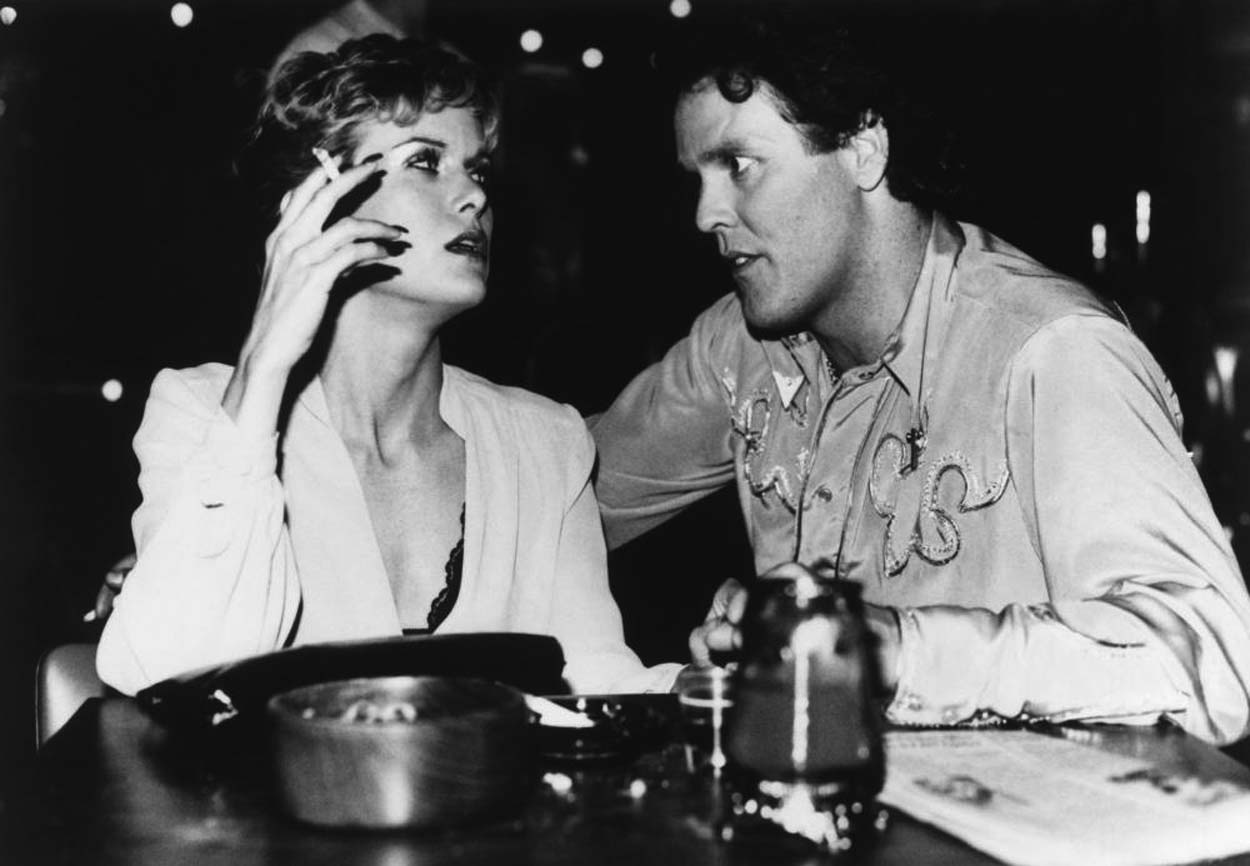
In the lead role, Season Hubley (the girl from the Chock Full O’ Nuts in Escape from New York) plays a once-powerful businesswoman who has turned to hooking to make ends meet. She bonds with a local Hollywood vice cop (Gary Swanson) over the danger of her job, and their mutual quest to apprehend the most dangerous man in the world: an abusive, murderous super-pimp named Ramrod (the prolific Wings Hauser in what may be his signature role).
Ramrod is a character of operatic proportions. He doesn’t merely manipulate but charges through life like an unfiltered Ted Bundy, punching, berating, and sexing up anyone he darn well pleases. He’s a street-level Nero, a playful sadist who takes a palpable pleasure in the suffering of others. Hauser bites into the role with as much energy he has in his soul, making Ramrod into something genuinely threatening but undeniably delicious. This is the type of role actors refer to when they say that it’s fun to play villains. Ramrod, like Aaron the Moor from Titus Andronicus, simply lives to see others bleed. Art thou not sorry for these heinous deeds? Ay, that I had not done a thousand more… If one good deed in all my life I did, I do repent it from my very soul.
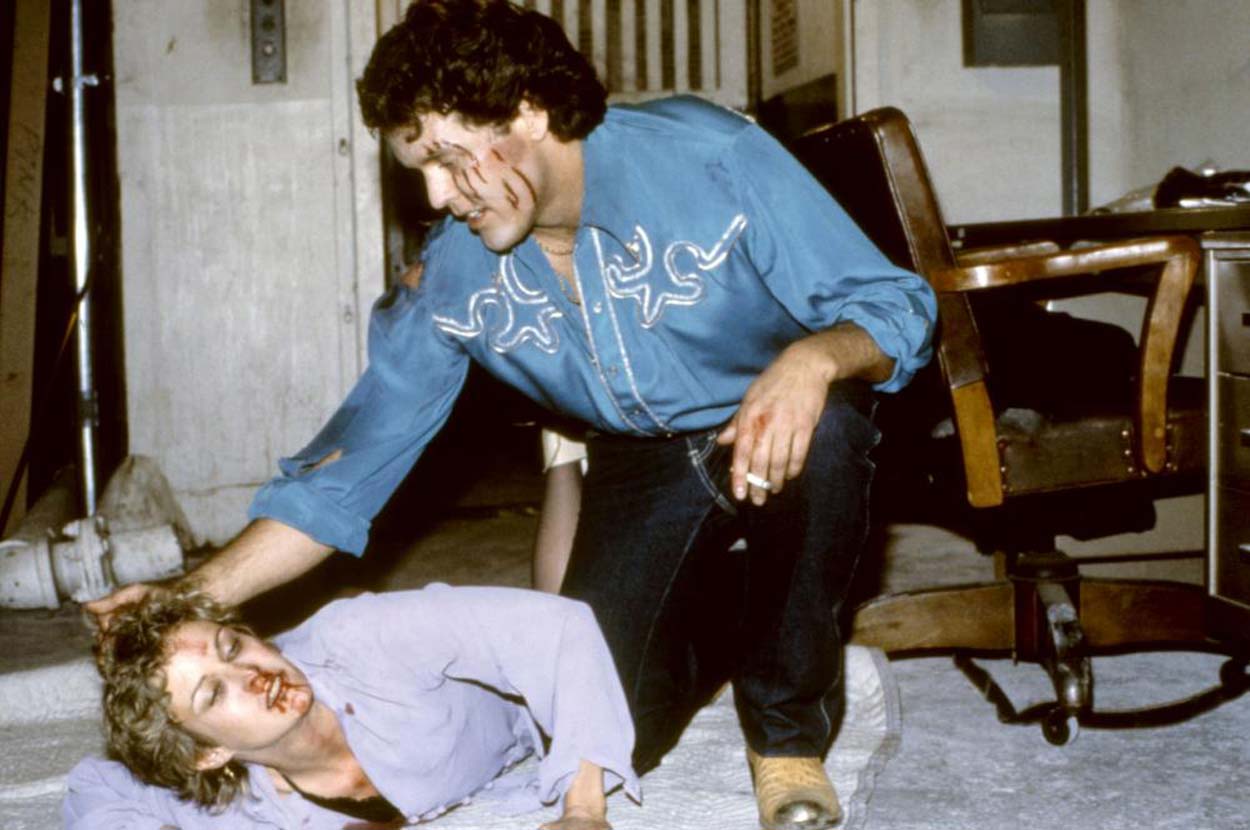
Wings Hauser, a Hollywood native, likely knew his way around the streets of Hollywood and may have even grown up close to where Vice Squad was shooting. If there’s anyone who knows exactly what’s going on in the director’s head, it would be him. Hauser is well-known to lovers of B-movies and cop TV shows, as he was one of the more prolific character actors of 1980s. He appeared in The A-Team, Airwolf and Hunter, not to mention Beastmaster 2: Through the Portal of Time. Hauser’s handsome face and wild eyes made him ideally suited to play heavies and scumbags, and was often seen playing criminals. Hauser, however, was possessed of a manic talent that separated him from his peers. Hauser’s screen bearing was always a little off-center. When on screen with his co-stars, Hauser seemed to emerge, fully-formed, from his own private universe, willing to challenge other actors directly. Many of his co-stars seem intimidated by him. He altered the scene he was in by sheer dint of his presence.
The best scene in Vice Squad comes when Ramrod has been cornered, and there’s a daring rooftop chase wherein he flees, smiling into the night. You’ll notice that he manages to pull off some pretty tricky maneuvers, all while wearing a pair of cowboy boots. I don’t know if you, dear reader, have ever worn cowboy boots, but they’re not exactly made for rooftop chases.
Witnessing Ramrod’s escape reveals him to be – if I may go this far – semi-supernatural. He is so evil, and takes such pleasure in pain, that he begins to emerge as a dark sub-deity of some kind. He requires the blood of hookers, and assures that discord and misery is spread. He is an agent of chaos. And, as part of the divine fabric, must be allowed to live. Like Mickey and Mallory Knox in Natural Born Killers, or Patrick Bateman in American Psycho, there seem to be forces at work that allow the evil to continue. Ramrod is a semi-magical hobgoblin who lives to assure evil can continue.
Vice Squad plays like a 7th-grader relating his knowledge of crime and evil. Like John Waters’ A Dirty Shame, it takes an almost comedic delight in its own near-encyclopedic knowledge of sexual fetishes, even if the information isn’t necessarily 100% accurate. There is a scene wherein Hubley and Swanson trade stories as to how bizarre their lives have been, and the weird sexual things they have seen, and it’s a litany of “fringe” sexual terminology, a laundry list of “funny” sex acts. This film was – and I may be revealing my own ignorance here – my personal introduction to the term “going around the world,” and I had to ask a more worldly friend what this term meant. The other fetishes were, strangely enough, known to me. Vice Squad isn’t genuinely shocking – especially not to modern audiences – but it’s charming to consider that it thinks it is.
Vice Squad will play as part of a triple feature at the New Beverly on Saturday, January 14th. It is nestled in between Crack House and Death Wish II. Now go take these awesome Wings, and learn to fly. (Sorry. I couldn’t resist)
